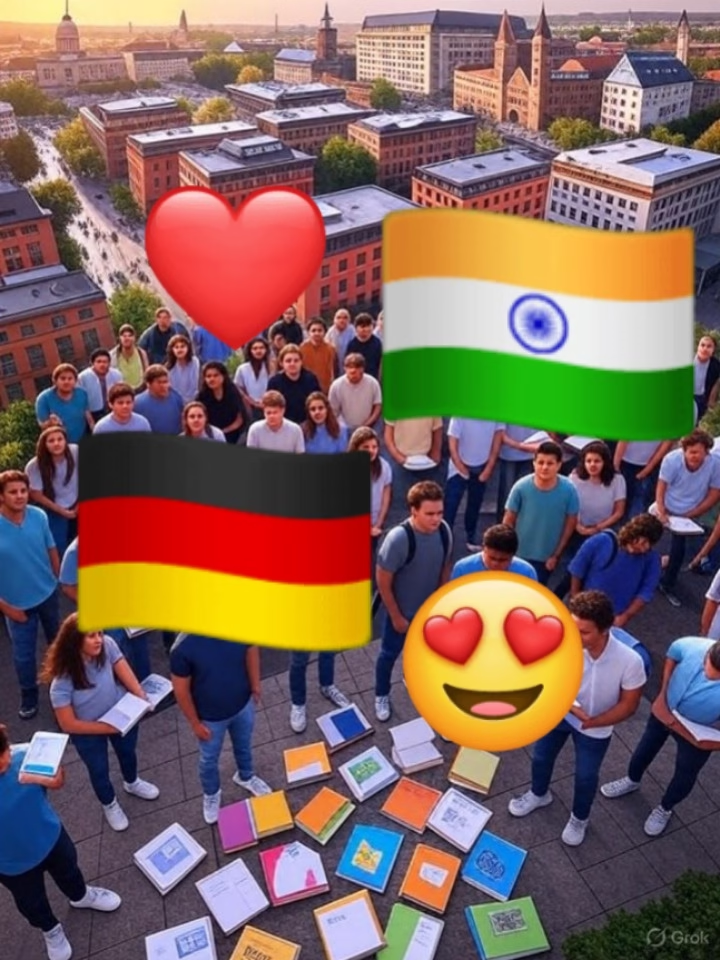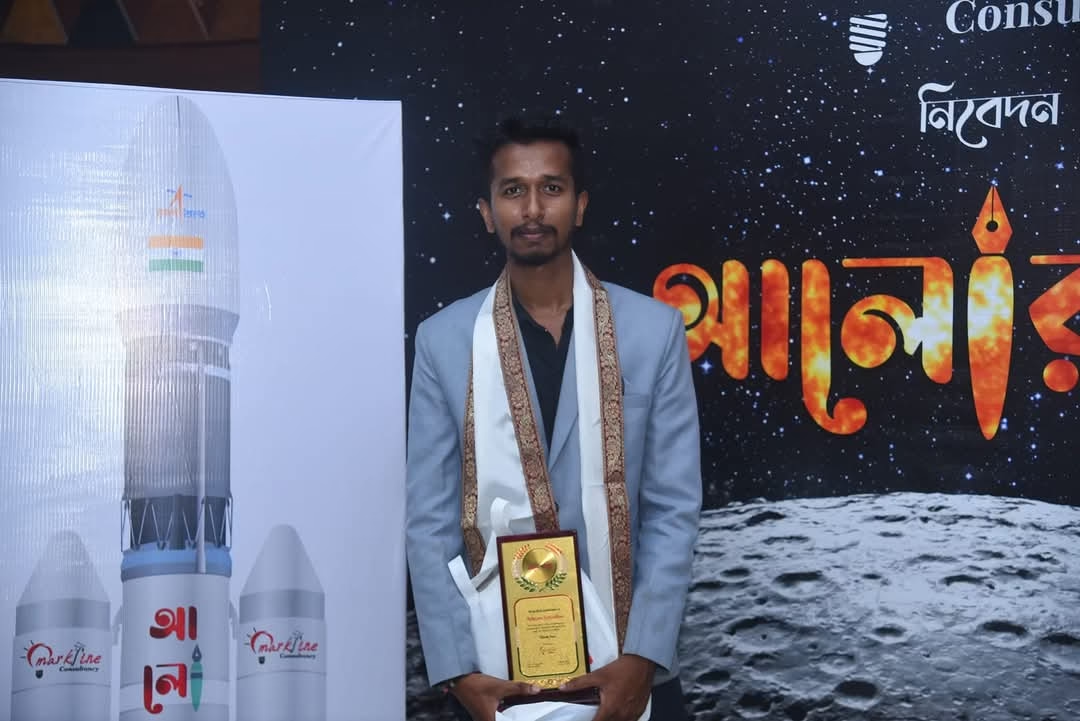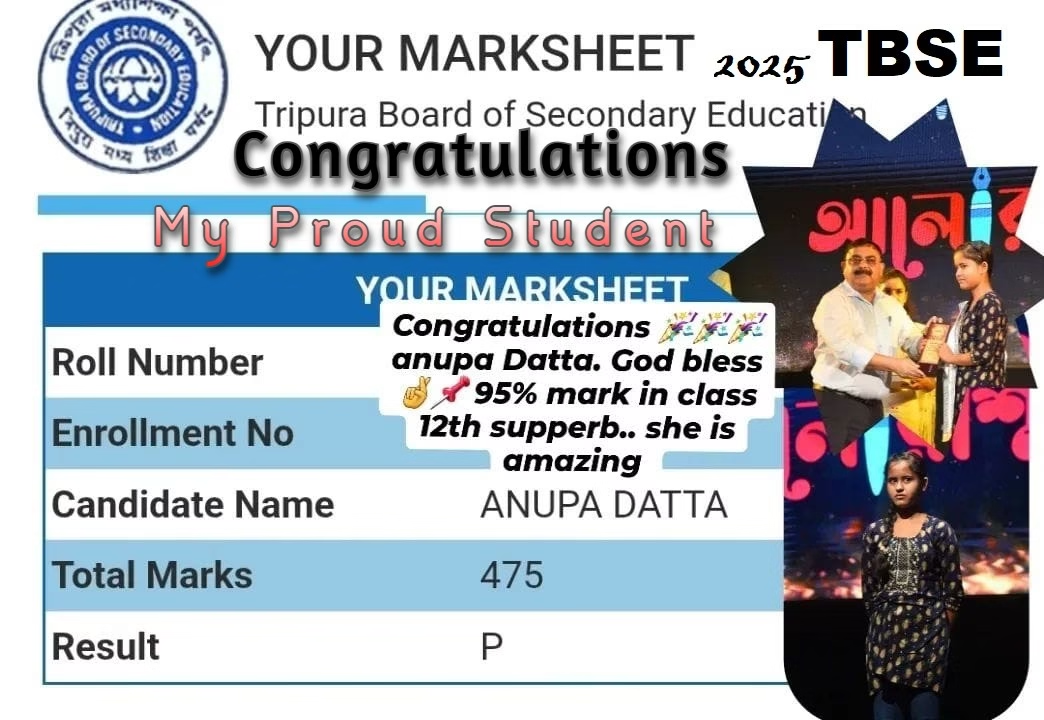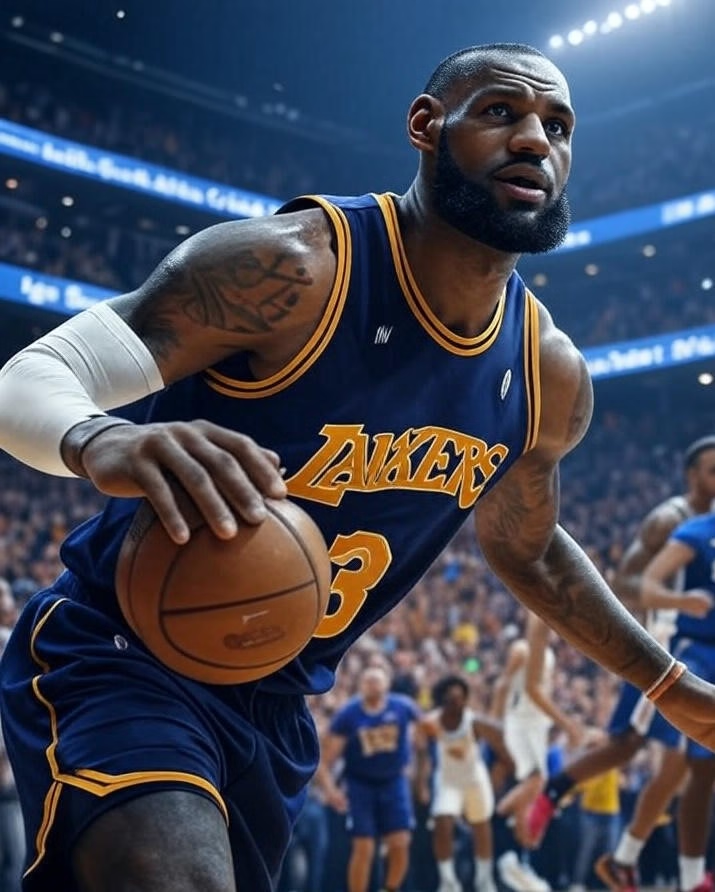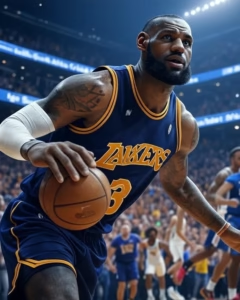Assertion and Reason set based on NCERT Class 10 Science Chapter 1: Chemical Reactions and Equations.
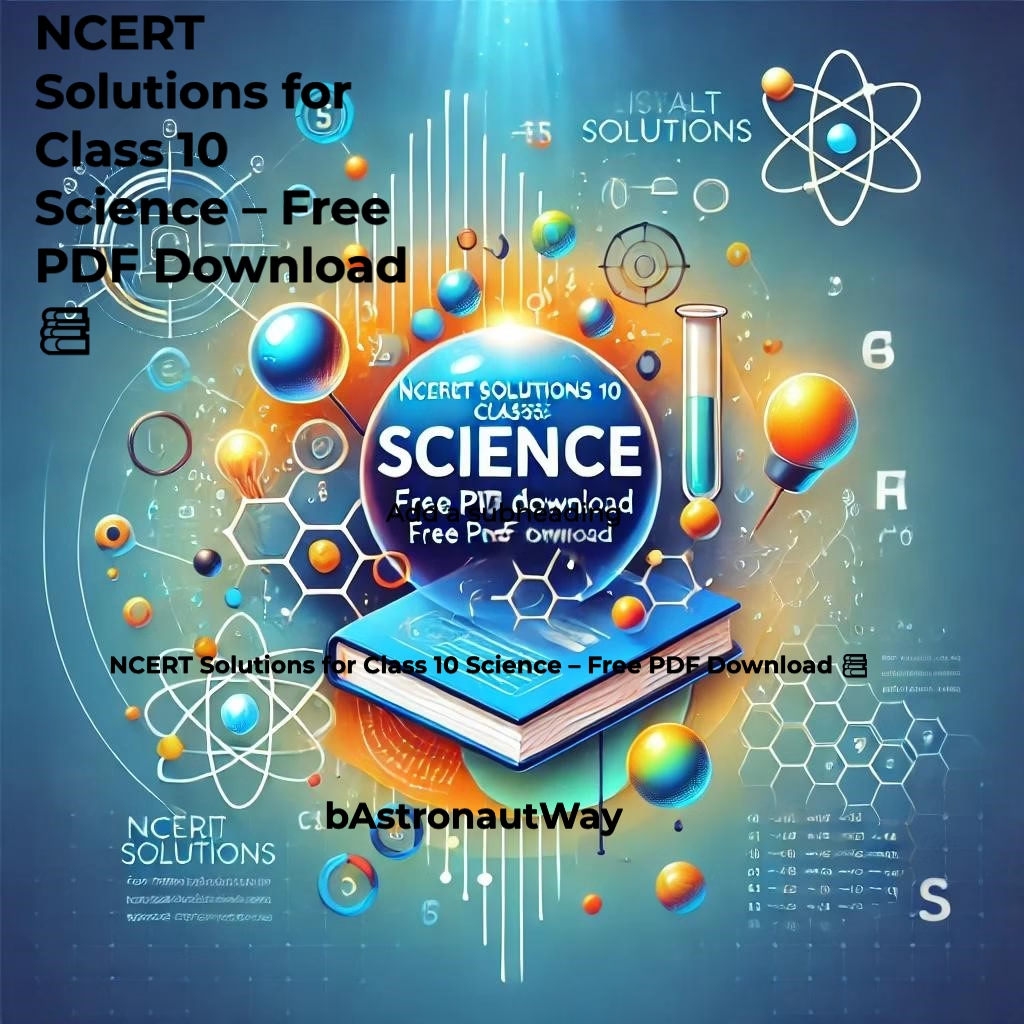
Assertion and Reason set based on NCERT Class 10 Science Chapter 1: Chemical Reactions and Equations.
Assertion and Reason Type Questions
Each question consists of an Assertion (A) and a Reason (R). Choose the correct option:
- (A) Both Assertion and Reason are true, and Reason is the correct explanation of Assertion.
- (B) Both the Assertion and the Reason are correct, but the Reason does not properly explain the Assertion.
- (C) Assertion is true, but Reason is false.
- (D) Assertion is false, but Reason is true.

Basic Concepts of Chemical Reactions
- (A): A chemical equation must be balanced.
(R): A balanced chemical equation follows the law of conservation of mass. - (A): A balanced chemical equation represents the actual number of atoms involved in a reaction.
(R): The mass of reactants and products must be equal in a chemical reaction. - (A): A chemical reaction occurs when reactants are converted into products.
(R): During a reaction, chemical bonds in reactants are broken and new bonds are formed to create products. - (A): Magnesium ribbon is cleaned before burning in air.
(R): Magnesium reacts with atmospheric oxygen and forms a protective oxide layer that must be removed before burning. - (A): Chemical reactions always produce a gas.
(R): All chemical reactions result in a change in physical state.
Types of Chemical Reactions
- (A): The reaction of sodium with water is highly exothermic.
(R): Sodium reacts with water to form sodium hydroxide and hydrogen gas, releasing heat. - (A): A decomposition reaction requires an external energy source.
(R): Decomposition reactions break down a single compound into two or more simpler substances. - (A): Combination reactions always release energy.
(R): In a combination reaction, two or more substances react to form a single product. - (A): The rusting of iron is an example of a combination reaction.
(R): Rust is formed when iron combines with oxygen and water. - (A): The reaction between iron and copper sulphate is a displacement reaction.
(R): A more reactive metal displaces a less reactive metal from its salt solution. - (A): All decomposition reactions require heat, light, or electricity.
(R): Decomposition reactions break down compounds into simpler substances. - (A): The reaction between barium chloride and sodium sulphate is a double displacement reaction.
(R): This reaction produces a precipitate of barium sulphate. - (A): In an exothermic reaction, heat is absorbed.
(R): Energy is required to break chemical bonds in exothermic reactions. - (A): In a neutralization reaction, heat is always released.
(R): Neutralization reactions involve the combination of acids and bases to form salt and water. - (A): Respiration is an exothermic reaction.
(R): During respiration, glucose is broken down in the presence of oxygen to release energy.
-
📘 Becoming an Astronaut in India (ISRO) – A Complete Guide After Class 12
📘 Becoming an Astronaut in India (ISRO) – A Complete Guide After Class 12 ✍️…
-
📘 Calculus: GATE Engineering Mathematics – Section 2
📘 Calculus: GATE Engineering Mathematics – Section 2 🧠 Prepared with Inspiration from GrandMaster Bikram…
-
✍️ Master English Grammar: Fun Tricks & Smart Hacks for Confident English! 📚✨
✍️ Master English Grammar: Fun Tricks & Smart Hacks for Confident English! 📚✨ 🔥 Presented…
-
Germany’s Warm Admiration for Indian & Asian Communities
🇩🇪✨ Germany’s Warm Admiration for Indian & Asian Communities A Heartfelt Celebration of Culture, Talent,…
-
📘 Master Vedic Math: Multiply Big Numbers Fast (3×3 & 4×4 Digit Trick)
📘 Master Vedic Math: Multiply Big Numbers Fast (3×3 & 4×4 Digit Trick) 👨🏫 By…
-
📘 Vedic Math: Multiplication & Division Shortcut Tricks
📘 Vedic Math: Multiplication & Division Shortcut Tricks 👨🏫 By Grandmaster Bikram Sutradhar🏆 5× World…
-
📘 VEDIC MATH: SQUARE & CUBE TRICKS (Full Guide for Competitive Exams)
📘 VEDIC MATH: SQUARE & CUBE TRICKS (Full Guide for Competitive Exams) 👨🏫 By Grandmaster…
-
📅Calendar Tricks & Shortcuts – Learn to Find Day, Date & More in Seconds!
📅 Calendar Tricks & Shortcuts – Learn to Find Day, Date & More in Seconds!…
-
🔥 Ultimate Guide to Computer & Laptop Shortcut Keys 🧠💻
🔥 Ultimate Guide to Computer & Laptop Shortcut Keys 🧠💻 🚀 Boost your speed 10X…
-
July 2025 Vedic Moon‑Sign Horoscope 🌙 | Saturn & Mercury Retrograde Insights
July 2025 Vedic Moon‑Sign Horoscope 🌙 | Saturn & Mercury Retrograde Insights 📝Prepare for July 2025 with…
-
Top 20 Shubh Tracks You MUST Watch on @SHUBHWORLDWIDE 🎧
Top 20 Shubh Tracks You MUST Watch on @SHUBHWORLDWIDE 🎧 📝 Top 20 Shubh Tracks…
-
🕊️ Remembering Diogo Jota: A Football Legend ⚽
🕊️ Remembering Diogo Jota: A Football Legend ⚽ The football world mourns the tragic loss…
-
Dr. Jahnnabi Choudhury Completes BDS Degree – A Proud Moment for a Teacher | SirBikramSutradhar | bAstronautWay | Grandmaster Bikram Sutradhar
Dr. Jahnnabi Choudhury Completes BDS Degree – A Proud Moment for a Teacher Dr. Jahnnabi…
-
🌟🎉 Anupa Datta Shines Again with 475 Marks in TBSE Class 12 Science 2025 – A True Inspiration! Tbse Board Result 2025 🎉🌟
📅 Published on: April 30, 2025📍 Agartala, Tripura In a world where challenges often dim…
-
🚀 bAstronautWay – Your Ultimate Learning Destination! 🎓✨
TBSE CBSE Undergraduate and Postgraduate Entrance Exams 📍 Our Locations: 📌 Amtali | 📌 Uttam…
-
Upcoming Cars in India 2025 🚗 | New Updates By GrandMaster Bikram Sutradhar | bAstronautWay Auto Review
Upcoming Cars in India 2025 🚗 | New Updates By GrandMaster Bikram Sutradhar | bAstronautWay…
-
🏆 Class 5 Mathematics Olympiad Practice Paper
🏆 Class 5 Mathematics Olympiad Practice Paper By GrandMaster Bikram Sutradhar | bAstronautWay | SirBikramSutradhar5…
-
Today’s Sports Highlights – August 22, 2025
Today’s Sports Highlights – August 22, 2025 By GrandMaster Bikram Sutradhar | bAstronautWay Sports fans…
Oxidation and Reduction
- (A): Rusting of iron is an oxidation reaction.
(R): Iron reacts with oxygen and water to form hydrated iron oxide. - (A): When zinc is added to copper sulphate solution, zinc displaces copper.
(R): Zinc is more reactive than copper in the reactivity series. - (A): A substance that gains oxygen is said to be oxidized.
(R): Oxidation is the process of losing electrons. - (A): Reduction is the gain of hydrogen.
(R): Reduction involves the loss of electrons. - (A): In the reaction
, copper is oxidized.
(R): Hydrogen removes oxygen from copper oxide, forming copper metal. - (A): Photosynthesis is an oxidation-reduction reaction.
(R): Carbon dioxide is reduced to glucose, and water is oxidized to oxygen. - (A): The burning of coal is an oxidation reaction.
(R): Carbon reacts with oxygen to form carbon dioxide, releasing heat. - (A): Corrosion is a redox reaction.
(R): Metals lose electrons when they react with oxygen and water. - (A): Silver articles turn black due to oxidation.
(R): Silver reacts with hydrogen sulphide in the air to form silver sulphide. - (A): The reaction of iron with hydrochloric acid is an example of oxidation.
(R): Iron donates electrons to hydrogen ions, forming iron chloride and hydrogen gas.
Chemical Changes and Applications
- (A): Rancidity occurs when fats and oils react with oxygen.
(R): Flushing food with nitrogen gas prevents rancidity. - (A): Corrosion can be prevented by galvanization.
(R): Galvanization involves coating iron with zinc to prevent rusting. - (A): Precipitation reactions are examples of double displacement reactions.
(R): Precipitation occurs when two aqueous solutions react to form an insoluble solid. - (A): All combination reactions are exothermic.
(R): Some combination reactions, such as the formation of nitric acid, absorb heat. - (A): Fermentation is an oxidation reaction.
(R): Fermentation is a process in which sugars are broken down, resulting in the formation of alcohol and carbon dioxide.
Advanced Concepts
- (A): Decomposition of silver bromide is a photochemical reaction.
(R): Silver bromide breaks down in the presence of sunlight. - (A): The electrolysis of water produces hydrogen and oxygen in a 2:1 ratio.
(R): Water consists of two hydrogen atoms and one oxygen atom. - (A): A catalyst speeds up a reaction by increasing activation energy.
(R): Catalysts provide an alternative pathway with lower activation energy. - (A): The reaction between calcium carbonate and hydrochloric acid produces carbon dioxide.
(R): Acid reacts with carbonate compounds to release CO₂. - (A): When a lead-acid battery is discharged, lead sulphate forms.
(R): Lead sulphate formation is a reversible reaction. - (A): Endothermic reactions absorb heat.
(R): Photosynthesis is an endothermic process. - (A): All redox reactions involve oxidation and reduction occurring simultaneously.
(R): Electrons lost in oxidation are gained in reduction. - (A): A precipitation reaction always produces gas.
(R): Precipitation reactions result in an insoluble solid formation. - (A): Anodizing protects aluminum from corrosion.
(R): Anodizing increases the thickness of the oxide layer on aluminum. - (A): Neutralization reactions always involve an acid and a base.
(R): A neutralization reaction produces salt and water.
Written By
Full Stack Developer and 5-Time World Record Holder, Grandmaster Bikram Sutradhar
bAstronautWay : A Government-Approved Trademark Brand
SirBikramSutradhar on YouTube
SirBikramSutradhar is also a Government-Approved Trademark Brand.
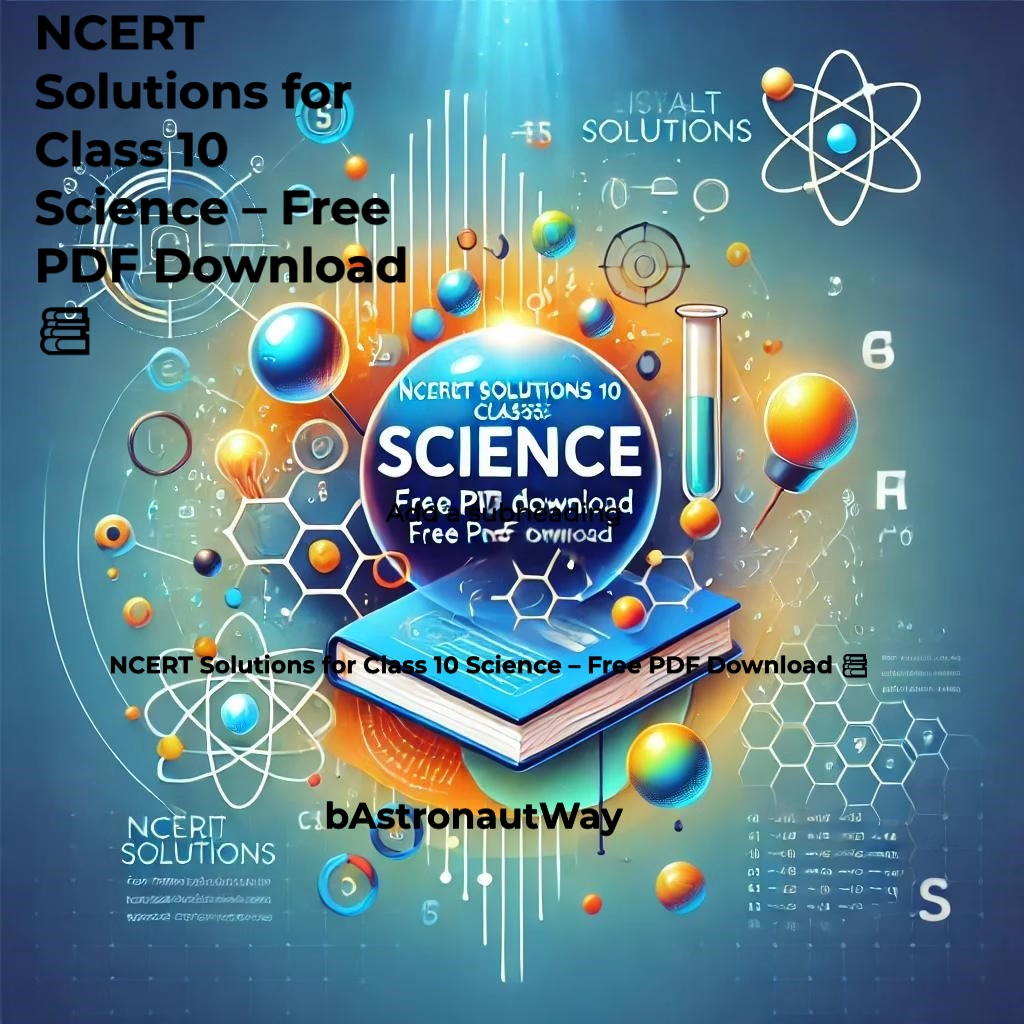
![Assertion and Reason set based on NCERT Class 10 Science Chapter 1: Chemical Reactions and Equations. 23 🔥 CUET PG 2025 Admit Card Released – Download Now! ✅ [Direct Link]](https://sirbikramsutradhar.com/wp-content/uploads/2025/03/3_22_2025-11_02_23-PM-png.avif)

ICSE CLASS 10 ICSE CLASS 10 BIOLOGY BASTRONAUTWAY SirBikramSutradhar Bikram Sutradhar GrandMaster Bikram Sutradhar selina biology solutions ICSE Biology Selina Solution





